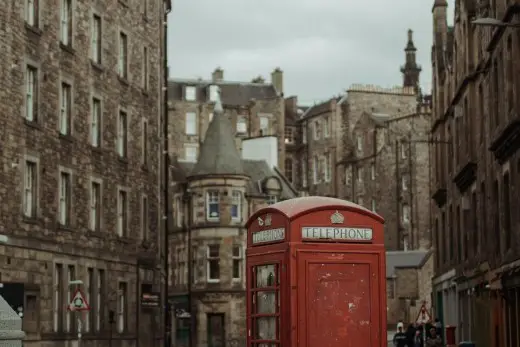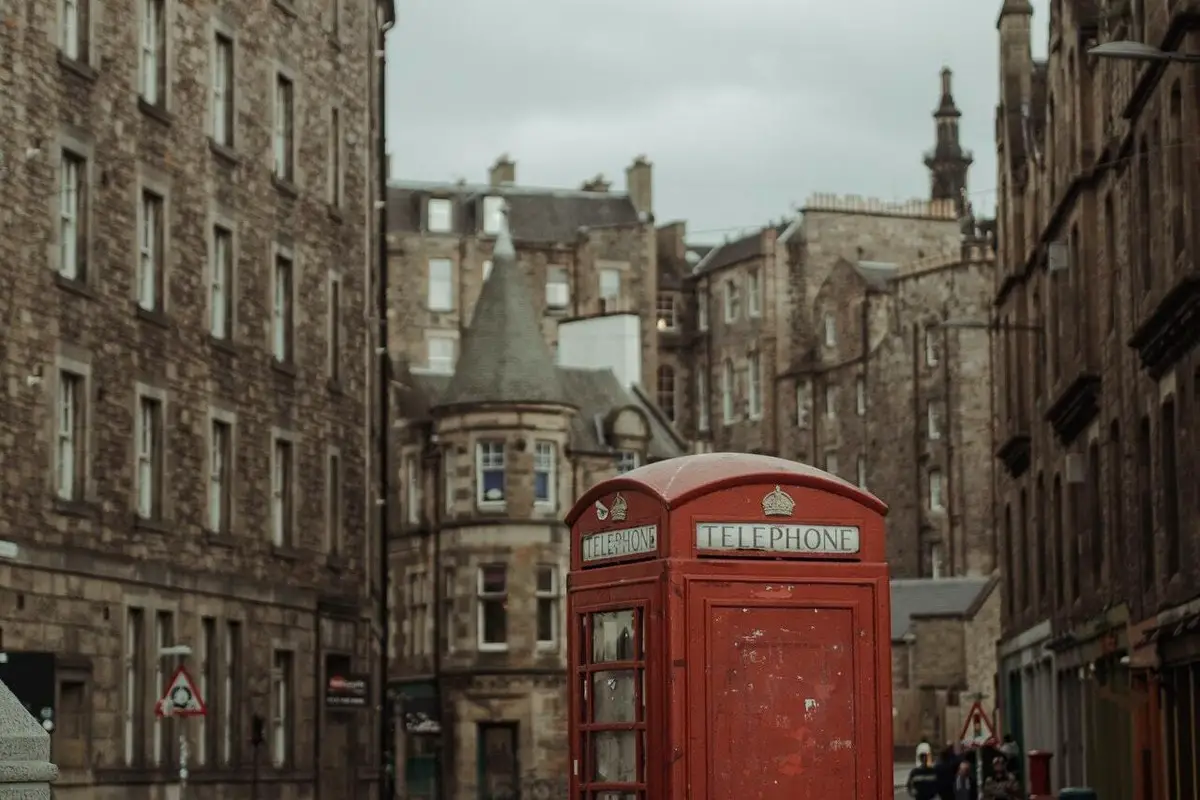Edinburgh from medieval to modern times tips, Scottish Capital City guide, Scotland history
Edinburgh from medieval to modern times
11 October 2021
Edinburgh today is known for being one of the most visited cities in the UK. With a great foodie scene, plenty to do and some amazing hotels, it is a city with so much to give. One of the main selling points to the capital of Scotland is that it has such a rich historical past.
Here we have a look into where the city started and how it came to be the thriving metropolis of today. Be sure to find out about its past before booking your break away and keep in mind the easiest way to book your break is with ebooking online.

Edinburgh’s history from medieval time to modern day
Edinburgh started out initially as a fort, until the 7th century when it was captured by the English. They called this place “Eden’s burgh” due to burgh being the old word for fort and Edin being the old way of saying Edwin – relating to the 7th century King Edwin of Northumbria. The area was recaptured in the 10th century and taken back over by the Scottish In this time, King Malcolm the Third built on this fort and a small town was soon established nearby that by the 12th century had turned into a community that was rapidly growing and flourishing.
This part of the city is still called the old town, with the area that was built much later on is called the New Town. The Old Town is the part that is situated high on the rocks overlooking the city and land below, while the New Town is the remainder of the buildings, terraces and streets that surrounds this. The Holyrood Abbey was founded in 1128 and is an impressive piece of architecture that still stands tall today. This was founded by King David the first and manned by Augustinian canons.
Through the 1400’s Edinburgh became known for its main export of hides and both cattle and sheep were sold at the market. They also sold grain and hay and became known for their trade. Edinburgh first became Scotland’s capital in the 15th century and by then the population had risen to over 12,000 people.
There were many attacks on Edinburgh by the English throughout the 1500s, yet the castle and city continued to win these and the city flourished. By the 17th century, Edinburgh university had been founded, Lauriston Castle had been built, Moray House had been built and so had the Houses of Parliament. By the middle of the 18th century, Edinburgh had firmly cemented itself as a leading city and as such its population became very overcrowded. New, wider streets were built to accommodate this and the Royal Edinburgh Society was also founded in the year of 1783.
In the 19th century, the population of Edinburgh had boomed to 170,000, they had improved amenities and in 1842 the introduction of the railway meant transport to and from was much easier both for transport of people and goods. Throughout the 20th century Edinburgh continued to grow, more and more amenities were built and the first of the now-famous Edinburgh Festival was held in the year of 1947. As of the 21st century, Edinburgh is a thriving city that has flocks of people coming to visit each year as well as an ever growing population.
Comments on this guide to Edinburgh from medieval to modern times article are welcome.
Scottish Capital Building Designs
Contemporary Scottish Capital Property Designs – recent architectural selection below:
Princes Street 347-bed hotel, City Centre
Princes Street Hotel Edinburgh City Centre
Royal Botanic Garden Edinburgh Palm Houses Restoration, Inverleith
Royal Botanic Garden Edinburgh Palm Houses Restoration
525 Park View, Ferry Road, north of the city centre
525 Park View, Ferry Road homes
Comments on this Edinburgh from medieval to modern times article are welcome.
